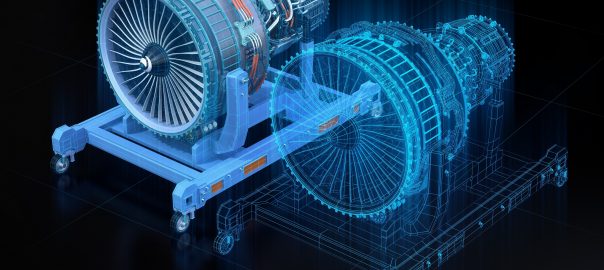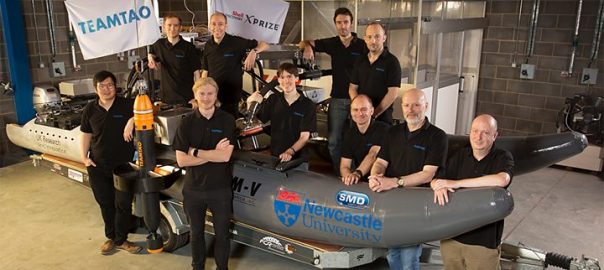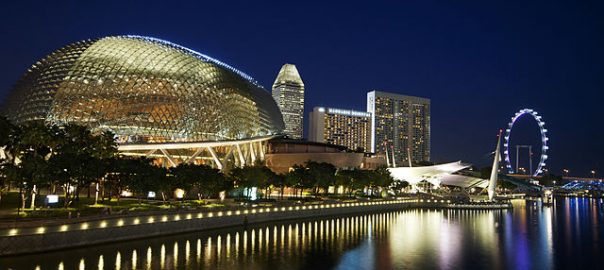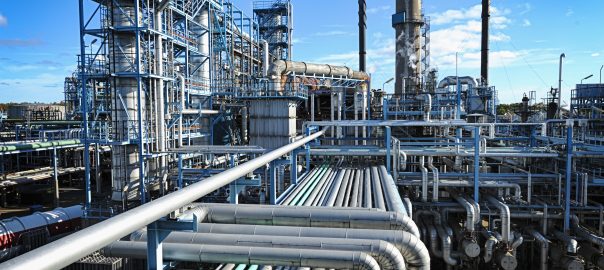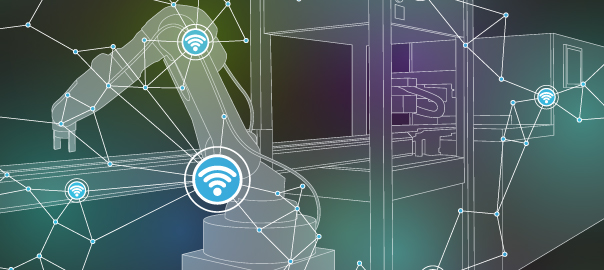An integrated energy system has large potential to revolutionise our energy economy. If the UK is to achieve Net Zero by 2050, it requires little less than transformation of our current energy system in becoming smarter, cleaner, affordable and low-carbon. In light of the recent power cut in England and Wales, integration could also help make the energy system more resilient to faults and prevent failures.
In the final podcast of the Science Perspective series from #awriterinthelab, we speak with researchers in key areas of the integrated energy revolution from electrical, cyber security and transport engineers, to material scientists and industry practitioners innovating the future of solar PV, EVs, energy storage and hydrogen for an integrated energy system. Enjoy.
